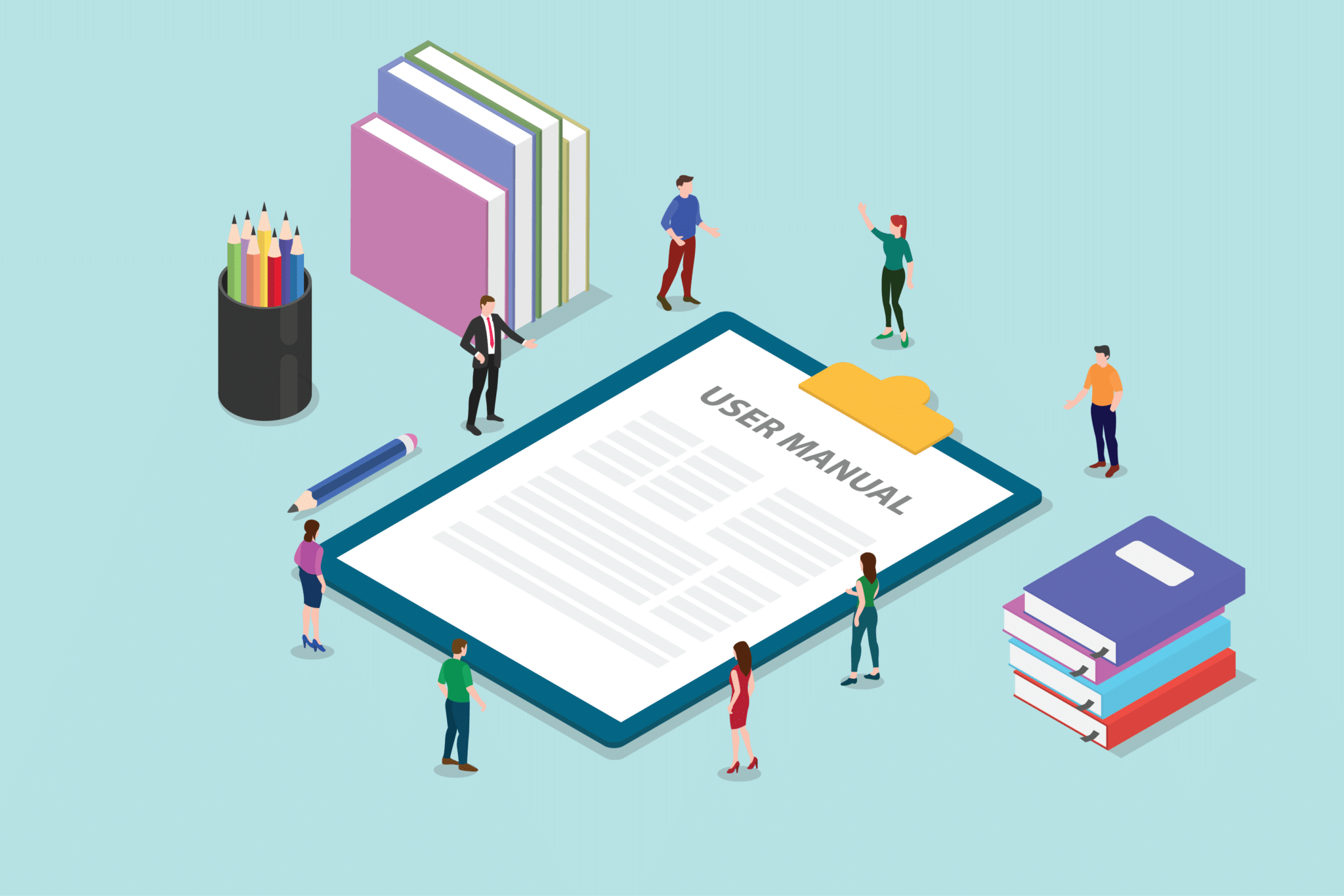Having a good “onboarding program” for new employees can make all the difference when it comes to the success of your cannabis business. A smooth on-boarding process will ensure your staff members are compliant with company policies, and can even help keep them on your team long-term. Remember, this is the first real experience employees will encounter when joining your company, so it’s important to make a good first impression!
Onboarding is more than just completing new-hire paperwork. It is an introduction process for your new hires that sets out company policies, the work environment and culture, as well as any particular business processes. The onboarding program should give your new hires the tools and information they need to be successful in their roles. Your onboarding program should also be as formal as possible. Without a formal onboarding plan, you may forget to convey important details to your new hires which can lead to potential issues down the road. Losing an employee because they are confused, not feeling a part of the team, or lacking support and resources can often be linked to poor or non-existent onboarding.
A key part of your onboarding program is the training manual and/or employee handbook, which should provide details of your company’s code of conduct, vision and company policies, as well as details on how to conduct specific job duties. The employee handbook provides guidelines and communicates expectations to employees, while offering legal coverage for the company. Hiring managers often send an electronic copy of the employee handbook to new hires prior to their first day, so they can spend time becoming familiar with it. Here are some important areas that your employee handbook should encompass:
- Job descriptions
- An “employment at will” disclaimer (prevents an employee from mistakenly believing (s)he is entitled to employment for a specific period of time, or is entitled to other protections with respect to the employment. In most cases, either the company or the employee can terminate the employment at any time and for any reason, with or without notice.)
- An anti-harassment policy
- An internal grievance procedure
- Equal Employment Opportunity (EEO)
- Employee benefits
- Paid time off (vacation, personal days, sick leave)
- Unpaid leaves of absence
- Jury duty, military leave
- Hours of work
- Introductory/probationary period
- Legally mandated language concerning pay deductions
- Proper E-mail/Internet usage
- Professionalism/dress code
- Drugs in the workplace
- Social media policy
- Health and safety
- Performance reviews
When it comes to training and getting your employees up to speed on how to perform their specific job duties, remember the following points and try to implement them into your training manual:
- Create “how to’s” for each important task you can think of that is related to the employee’s job position. When writing down the job instructions, make sure you include every step, no matter how easy or straightforward it seems, as steps are often missed when we are used to doing the task.
- Group tasks into sections so that it’s easy for the new hire to follow along with the job flow.
- Create a table of contents.
- Add a “Frequently Asked Questions (FAQs)” section at the end of your manual to prepare for common questions and save some time.
- Prepare a training manual for each key position in your company.
- Get feedback from trainees on how to improve your manual.
Be sure to have new hires sign off that they have read and understood your employee handbook and training manuals. This will help to serve as proof that the employee received the handbook/manual and is responsible for knowing the information. Such steps could prove useful when addressing potential legal disputes and violations of company policies, if they arise. Creation of employee guides is a time-consuming practice, but once completed, they help guide the relationship between employee and employer.
A typical employee handbook details the company’s history, philosophy, and direction. It should also discuss the more practical, day-to-day aspects of the job, such as attendance policy, proper employee interactions, business hours, and break times. Conveying all of this information in your employee manual makes it easy for new employees to assimilate into the company and hit the ground running. It will serve as a useful reference guide for current employees, should they have questions about their jobs or responsibilities. At the end of the day, you want your employees to feel as comfortable and knowledgeable as possible, which will result in less employee turnover and overall success for the business.
How we can help you
At Cannabis License Experts, we provide you with the guidance to plan your cannabis business, acquire funding, navigate the legal requirements, and acquire the appropriate licence for your operations. As the Canadian cannabis industry develops, more and more licensed producers will be needed to meet the demands of consumers.
Cannabis License Experts offers support from day one of starting your cannabis business, including strategic planning, floor plan preparation, site audits, SOPs, Preventive Control Plans (PCPs) and more.
Our Edibles Compliance division can provide you with a solid plan for your edibles business to help get your products on store shelves.
Contact us today to discover how we can license and legalize your cannabis business to meet federal or provincial regulations.
Resources
https://cannabisindustryjournal.com/column/a-guide-to-documentation-and-sops-for-start-ups/
https://www.cannabisdispensarymag.com/article/welcome-to-the-team/
https://pushoperations.com/how-to-create-a-quality-employee-training-guide/


